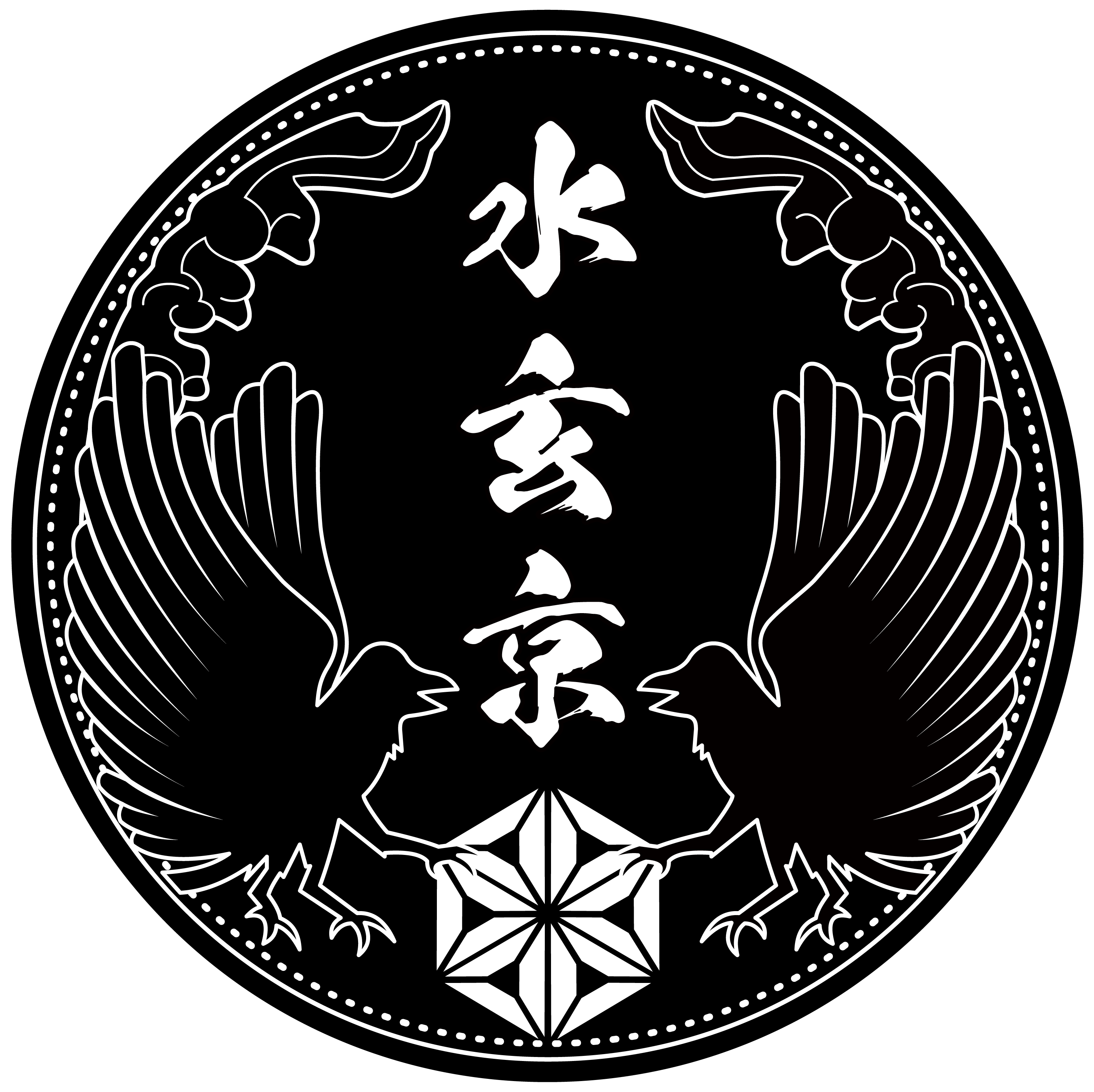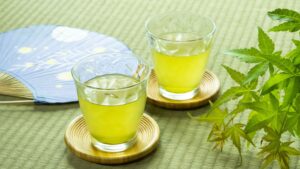Introduction
Kiyomizu ware, a renowned form of traditional Japanese pottery, is celebrated for its exquisite craftsmanship and rich cultural heritage. With a history dating back centuries, this esteemed ceramic art has captivated enthusiasts worldwide. In this article, we delve into the charm and significance of Kiyomizu ware, as well as introduce three prominent kilns—Mori Shunzan, Ichirakugama, and Shinrokugama—each contributing their unique artistic expressions to this treasured craft.
Kiyomizu Ware: A Tapestry of Charm and History
Kiyomizu ware, originating in Kyoto, Japan, has gained widespread acclaim for its distinctive beauty and meticulous attention to detail. The charm of Kiyomizu ware lies in its delicate forms, vibrant glazes, and captivating motifs that reflect the natural world.
The artisans of Kiyomizu ware draw inspiration from the serene surroundings of Kyoto, such as the majestic Kiyomizu-dera Temple and the scenic Higashiyama district. These influences find expression in the pottery’s motifs, which often depict nature, including cherry blossoms, maple leaves, and flowing rivers. This seamless integration of art and nature endows each piece of Kiyomizu ware with a unique sense of harmony and tranquility.
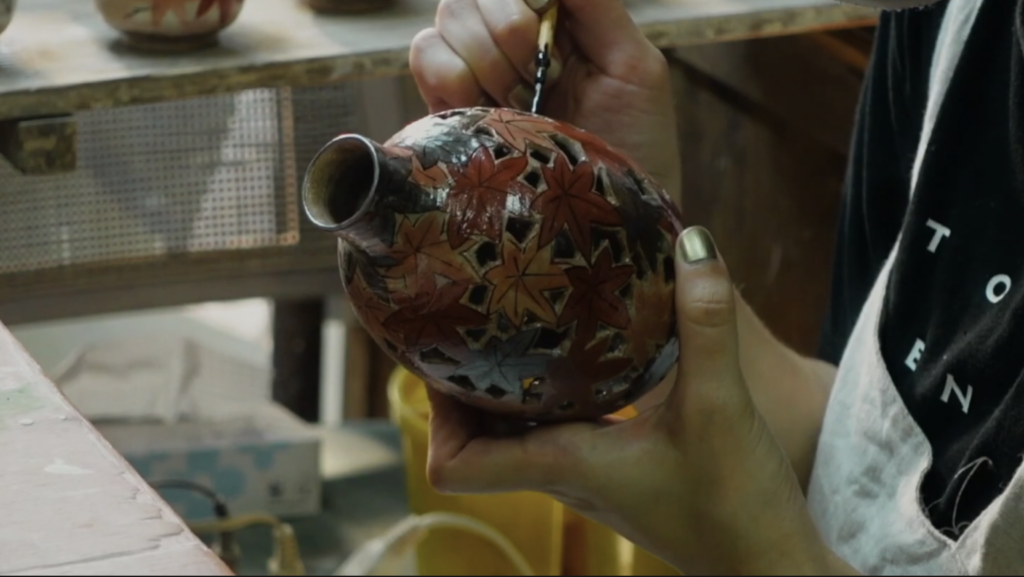
Mori Shunzan: Where Artistry Blossoms
Among the esteemed kilns producing Kiyomizu ware, Mori Shunzan stands out for its exquisite hand-painted designs.Artisans at Mori Shunzan meticulously craft each piece, ensuring that it embodies the essence of Kiyomizu ware’s elegance.
With motifs inspired by traditional Japanese art and culture, Mori Shunzan’s pottery showcases a diverse range of themes, from delicate landscapes to graceful figures. The artisans’ exceptional skill and attention to detail are evident in every stroke, resulting in vibrant and captivating works of art that truly represent the heart and soul of Kiyomizu ware.
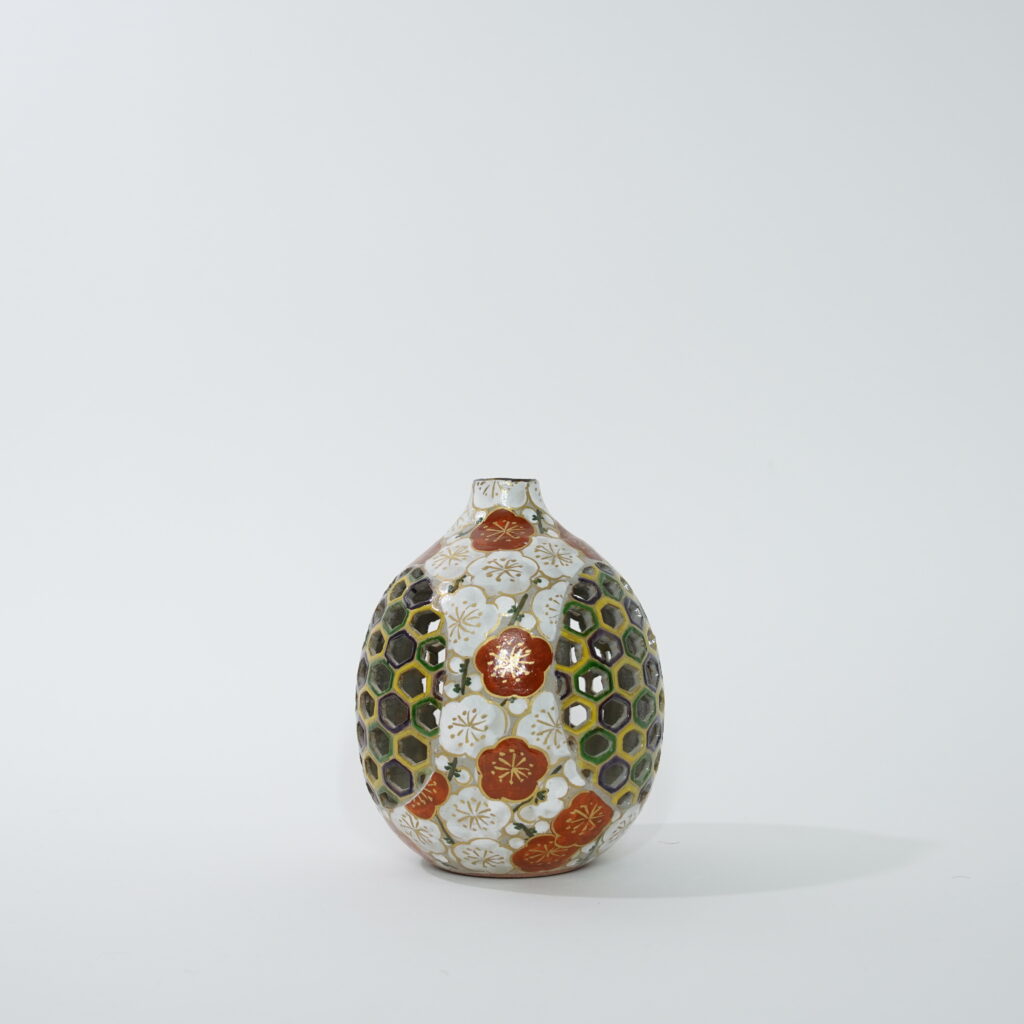
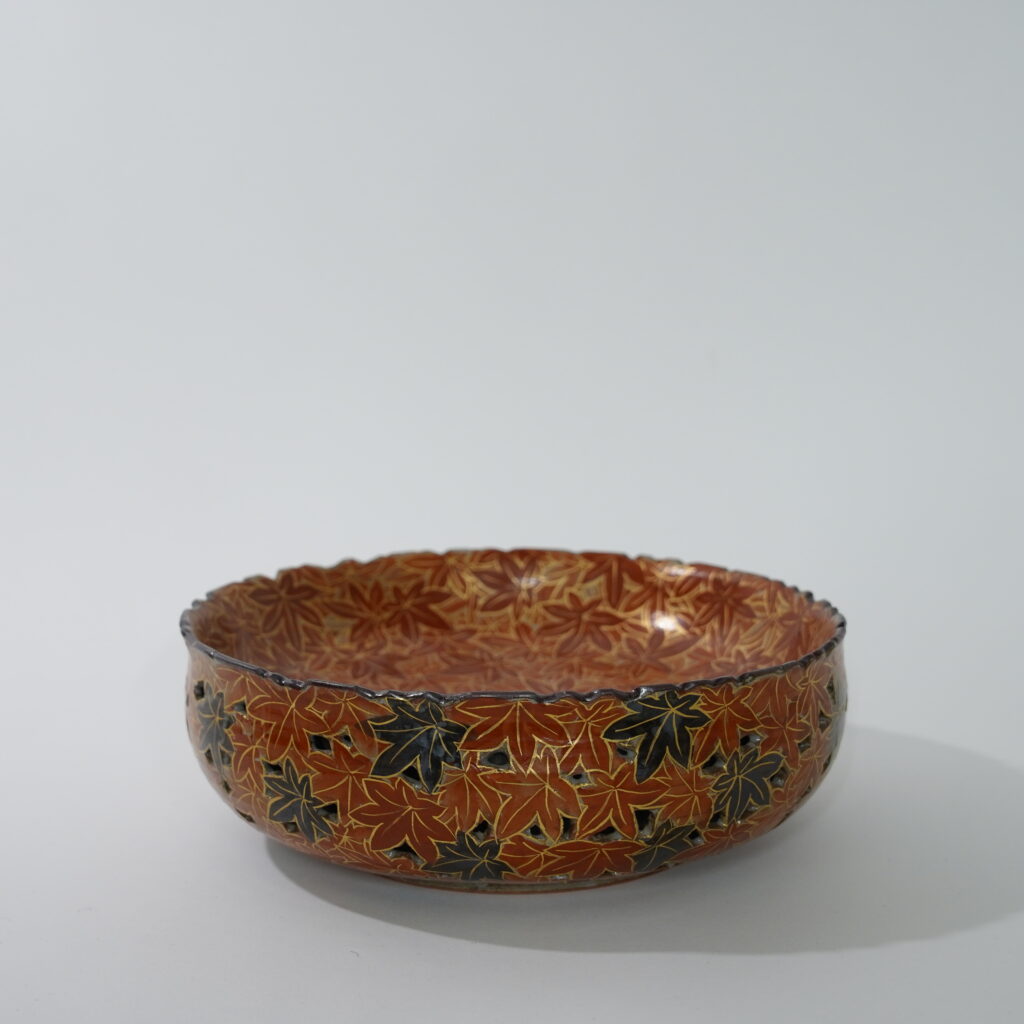
Ichirakugama: A Symphony of Beautiful Blue
Ichirakugama kiln, known for its distinctive blue glazes, has been a driving force in Kiyomizu ware’s evolution. The kiln’s signature technique, called “sometsuke,” involves hand-painting intricate patterns and designs with cobalt blue pigment onto the pottery’s surface. The resulting deep blue hues evoke a sense of tranquility and evoke a connection to Japan’s rich ceramic history.
Ichirakugama’s artisans employ a meticulous process to create their masterpieces. From shaping the clay to applying the glaze, each step is executed with precision and finesse. The kiln’s commitment to preserving traditional techniques while embracing innovation ensures that their creations continue to captivate collectors and enthusiasts worldwide.
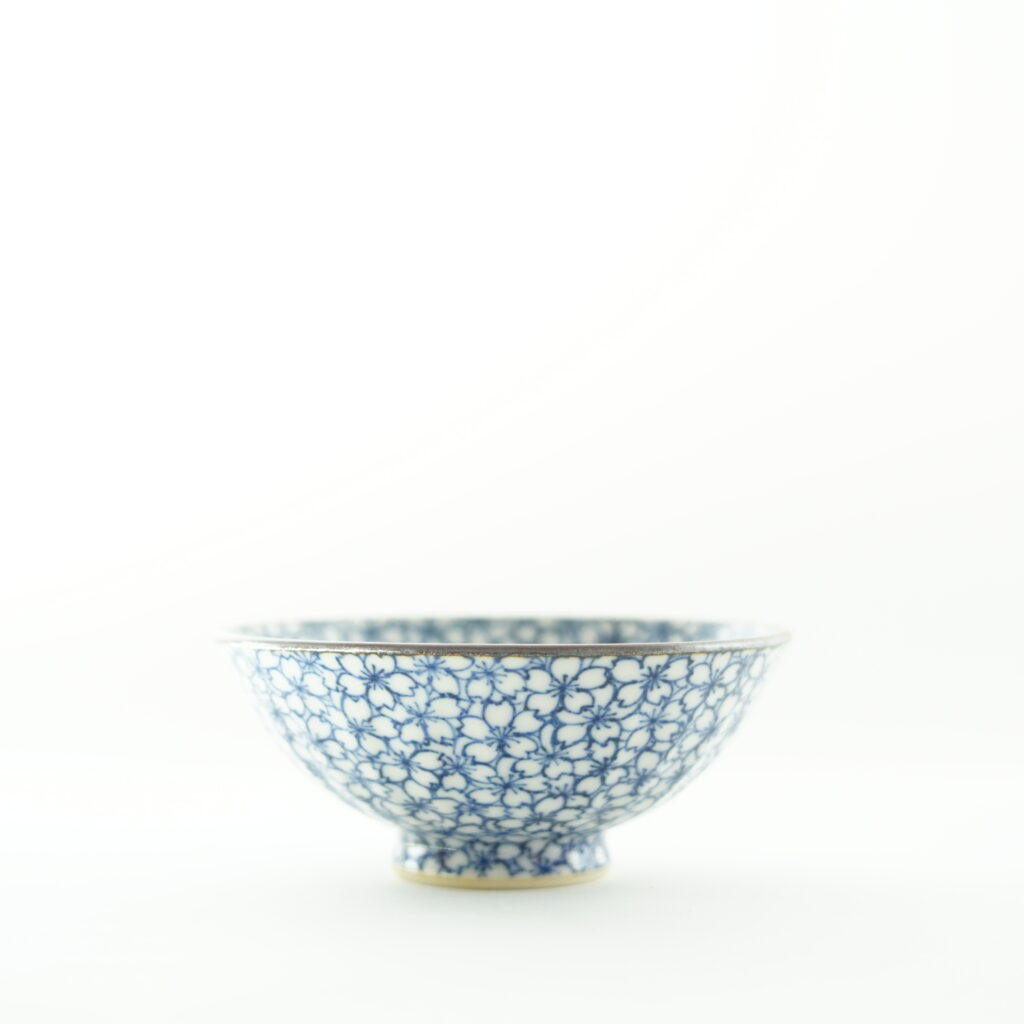
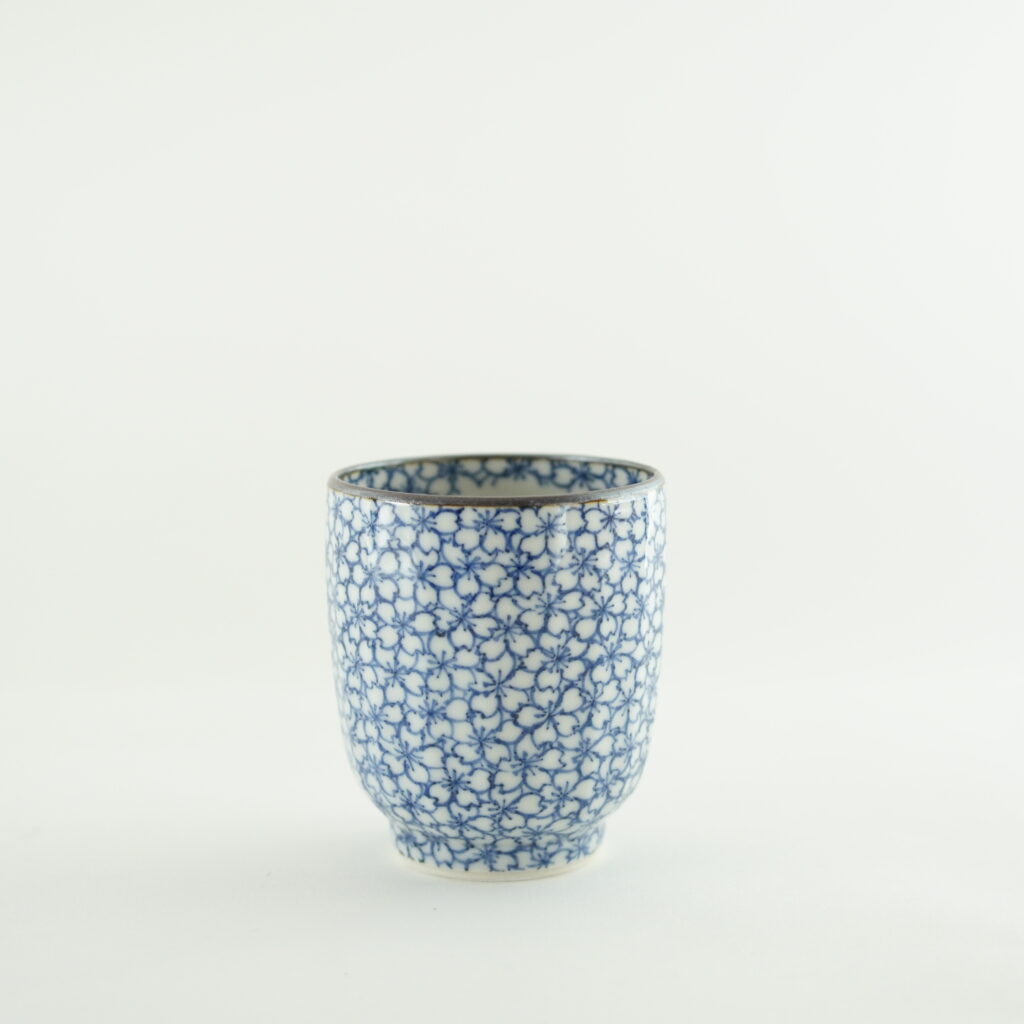
Shinrokugama: Embracing Adorable Wholeness
Shinrokugama kiln, known for its charming and whimsical designs, brings a unique touch to Kiyomizu ware. With its distinctive round forms and playful motifs, Shinrokugama’s pottery exudes a sense of innocence and warmth.
The kiln’s artisans infuse their creations with a youthful spirit, combining traditional techniques with innovative designs. Shinrokugama’s pottery not only showcases the mastery of craftsmanship but also serves as a testament to the craft’s ability to adapt and remain relevant in the modern era.
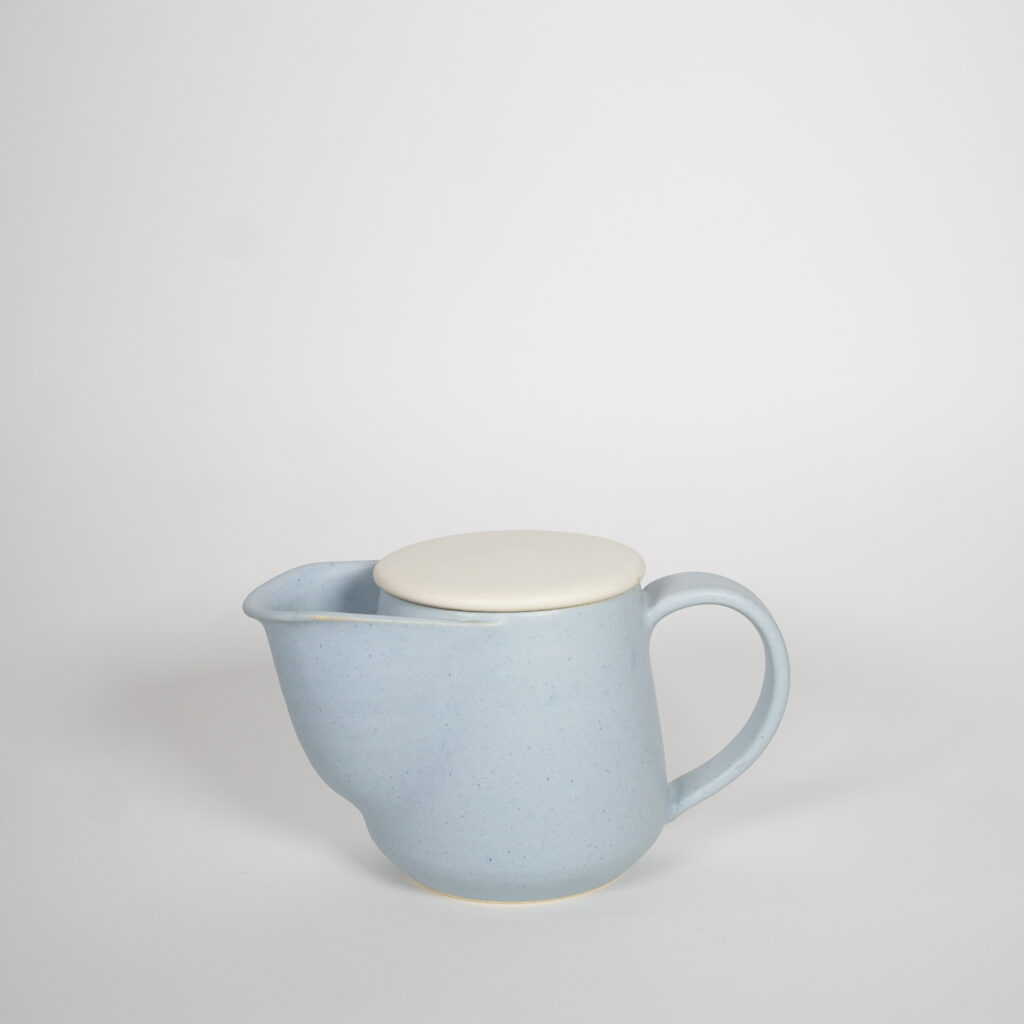
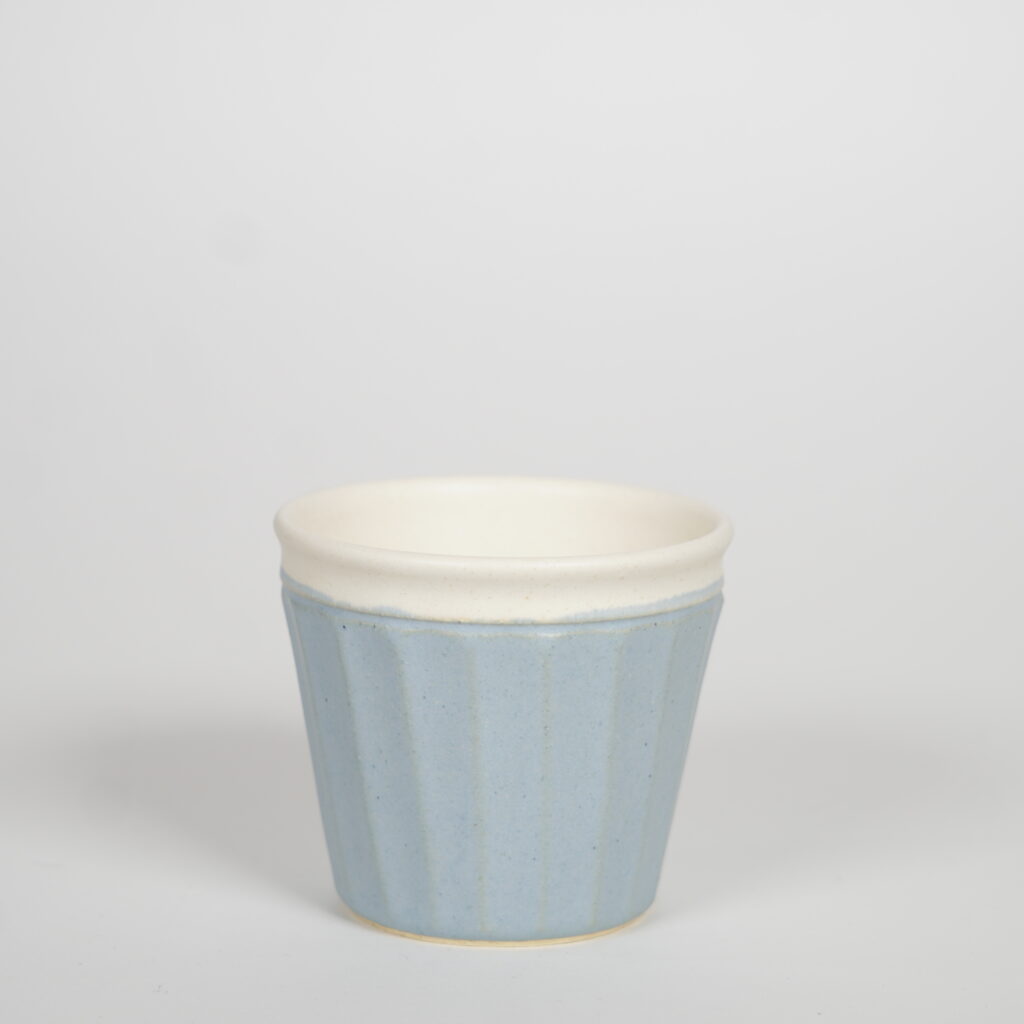
Conclusion
Kiyomizu ware, with its allure and historical significance, continues to enchant art lovers worldwide. The pottery’s delicate beauty, intricate designs, and rich cultural heritage make it a cherished art form. Through the artistic expressions of kilns such as Mori Shunzan, Ichirakugama, and Shinrokugama, Kiyomizu ware’s legacy thrives and evolves. Whether it’s the masterful hand-painted motifs, the mesmerizing blue glazes, or the endearing whimsical designs, Kiyomizu ware epitomizes the artistic spirit of Japan, inviting all to embrace its timeless beauty.
